Prosecutors showed graphic crime scene photos during the first week of testimony against Cristhian Bahena Rivera, including photos of where police found the body of 20-year-old University of Iowa student Mollie Tibbetts a month after she disappeared in 2018.
Former farmhand Rivera is on trial for the murder of Tibbetts, who disappeared while jogging on July 18, 2018, in Brooklyn, Iowa. Jurors first saw surveillance video showing a distinctive Chevrolet Malibu that appeared to be circling the area where Tibbetts was jogging. That car was later determined to be Rivera’s Chevrolet Malibu.
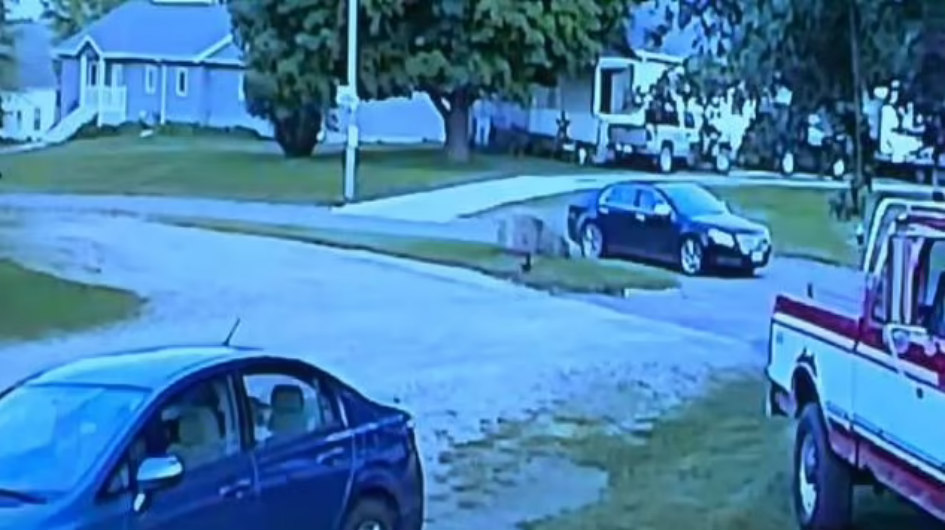
Days after first detectives first questioned the suspect — on August 18, 2018, — he reportedly led them to Tibbetts’s body in a cornfield, as CrimeOnline previously reported.
Witnesses on Friday described the discovery of the body, which had been covered in cornstalks deep in a rural field. While jurors saw the more graphic photos of the body after investigators had removed the cornstalks, those photos were not shown on the video feed shared with news agencies.
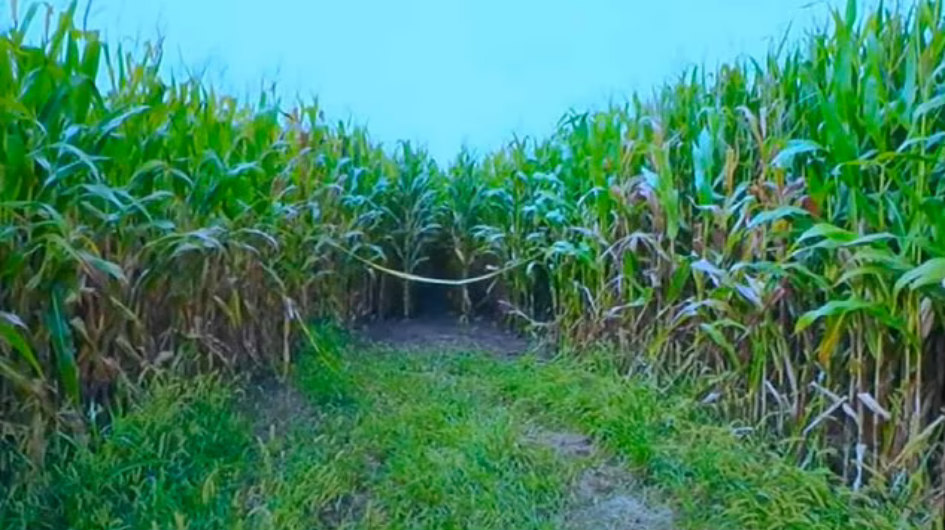
DCI crime scene investigator Amy Johnson described each photo presented into evidence, including photos of what appeared to be a pair of black shorts, a pink headband, and a pair of striped underwear, all found several feet from the body.

In 2018, shortly after authorities found Tibbetts’ body, Iowa Division of Criminal Investigation Agent Rick Rahn announced that Rivera was “drawn” to Tibbetts.
“It seemed that he followed her and seemed to be drawn to her on that particular day. And for whatever reason, he chose to abduct her.”
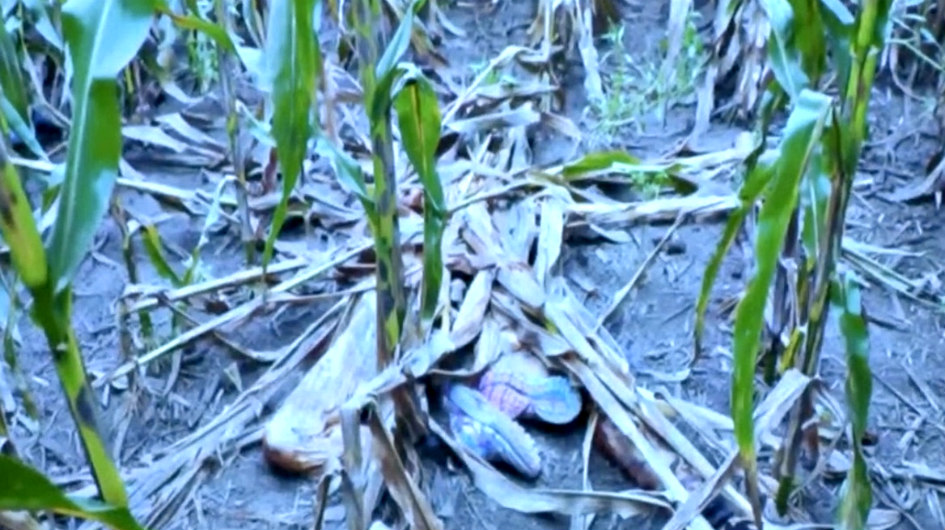
Mollie Tibbetts: Disappearance and Death
On August 16, 2018, a few days before authorities found Mollie’s body, a Poweshiek sheriff’s deputy spoke with Rivera after he voluntarily pulled his black Chevrolet Malibu over after spotting the deputy following him.
Through an interpreter, Rivera initially told the deputy he knew nothing about Mollie’s disappearance. Surveillance footage provided by a local Brooklyn resident later showed a car that looked exactly like Rivera’s circling around a jogger several times on July 18, 2018, the last time Mollie was seen alive.
“During our neighborhood canvas, we came across an individual that had security cameras,” Poweshiek County Sheriff Tom Kriegel said in 2018, explaining how Rivera landed on the radar of authorities.
“He [the resident with surveillance footage] was kind enough to give us the footage from it. And through that, we were able to identify a vehicle that believe belonged to Mr. Rivera. It was a black Malibu. And from that we were able to track his pattern and the routes in which he took.”
On August 18, 2018, deputies arrived at Rivera’s workplace, at Ybarra Farms, and asked him via a Spanish interpreter if they could search his car. Rivera reportedly agreed. Rivera again voluntarily spoke with authorities, according to court documents. This time, he indicated he did see Mollie and thought she was “hot.” He also said Mollie waved “hi” to him several times.
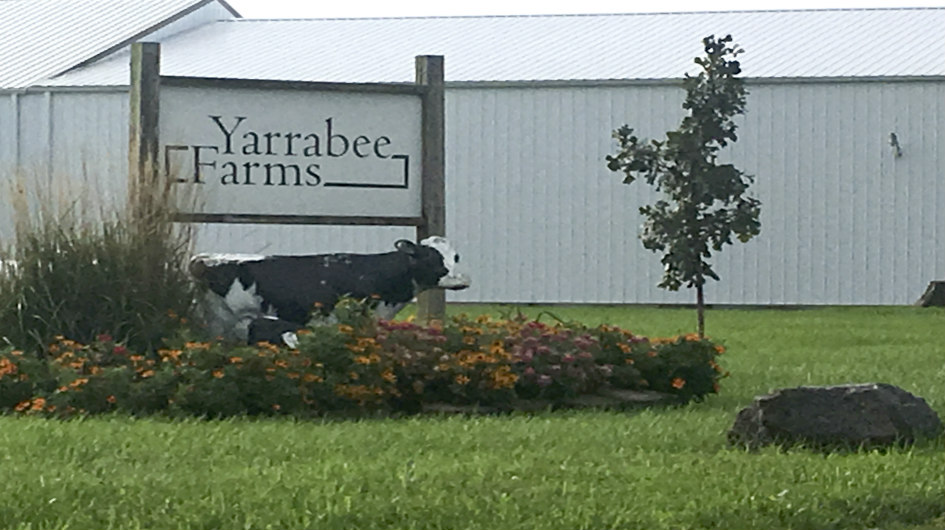
Around the same time, investigators found blood inside Rivera’s car. At 11:30 p.m. that night, federal agents put an immigration detainer on Rivera, who’s originally from Mexico and was living undocumented in the U.S.
Throughout the rest of the interview, according to authorities, Rivera made numerous incriminating statements.
“He [Rivera] gradually shifted from a denial of killing Mollie to a claim that he ‘didn’t remember doing anything to her,’” court documents read.
Authorities eventually charged Rivera with murder after he led them to Mollie’s deceased body, found in a cornfield around 12 miles southeast of Brooklyn, according to an arrest affidavit.
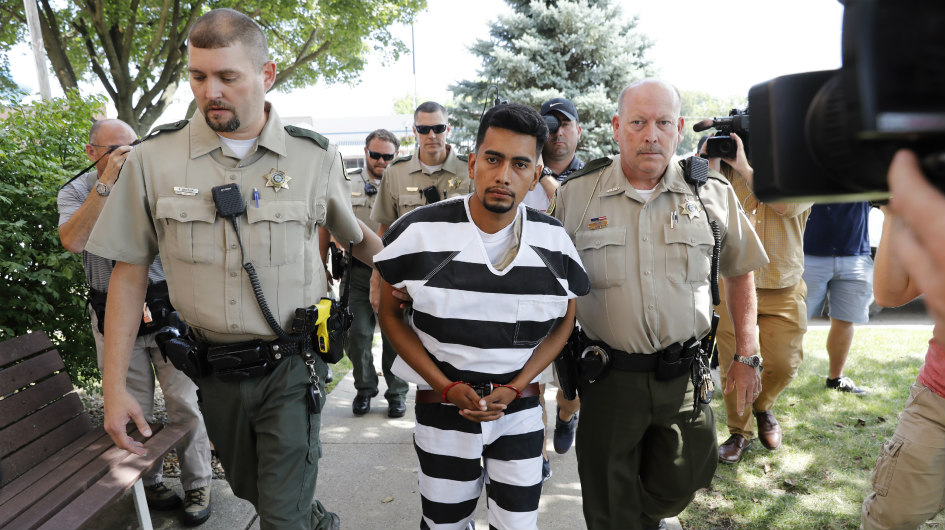
“The defendant led police directly to Mollie’s body at the conclusion of the interview, he was seen in proximity to Mollie while she was running on the last night of her life, and Mollie’s blood was found in the trunk of the Defendant’s car,” the prosecution wrote. “All of these facts are extrinsic to the interview and independently establish the defendant was the killer, not a false confessor.”
Rivera reportedly told investigators that he spotted Mollie jogging near Middle and Boundary Streets when he slowed down and started following her in his black Chevrolet Malibu.
At some point, Rivera got out of the vehicle and began following the University of Iowa student by foot, even jogging alongside her, the affidavit read.. Apparently frightened, Mollie told the suspect she would call 911, then pulled out her phone, according to Rivera’s reported admission.
Rivera said he became upset and “blacked out” at the threat, something he claimed he did often when becoming too angry, according to investigators.
Rivera allegedly told investigators the next thing he remembered was waking up inside his car, parked at a rural intersection. He immediately made a U-turn and drove to the entrance of a rural field. He then drove into a driveway of a cornfield.

Rivera said at some point he looked down noticed Mollie’s earpiece from her earbuds or headphones lying on his lap, and “realized he put her in the truck.”
Upon checking the trunk, Rivera said he found Mollie inside, with one side of her head bloodied, according to the affidavit. The suspect allegedly said he pulled Mollie out of the trunk and dragged her by foot into a secluded area in the woods.
Rivera then tossed Mollie over his shoulders and walked around 20 meters into the woods, where he tossed her body on the ground and covered her with corn leaves, the affidavit read.
During court on Friday, Tara Scott, a DNA criminalist of Iowa’s crime lab, said she analyzed a swab taken from a bloodstain found on Rivera’s car, following the recovery of Tibbetts’ body.
“The profile I had from Mollie Tibbetts and the profile from that blood matched,” Scott testified. “They were exactly the same.”
The trial resumes Monday morning. Check back for updates.
CLICK HERE for additional Mollie Tibbetts coverage.
For the latest true crime and justice news, subscribe to the ‘Crime Stories with Nancy Grace’ podcast.
[Feature Photo: Mollie Tibbetts/Handout]
*Additional reporting by KC Wildmoon*


